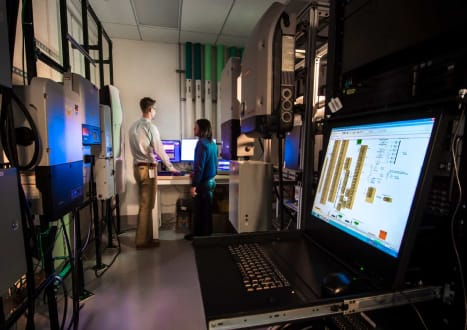Curriculum for SY0-601 Video Course
3
1.1 Social engineering techniques

4
1.2 Potential indicators of attacks

5
1.3 Analyze potential indicators associated with application attacks

6
1.4 Analyze potential indicators associated with network attacks.

7
1.5 Different threat actors, vectors, and intelligence sources

8
1.6 Security concerns associated with various types of vulnerabilities

9
1.7 Techniques used in security assessments.

10
1.8 Techniques used in penetration testing.

11
2.1 Security concepts in an enterprise environment.

12
2.2 Virtualization and cloud computing concepts

13
2.3 Secure application development, deployment, and automation concepts.

14
2.4 Authentication and authorization design concepts.

15
2.5 Implement cybersecurity resilience.

16
2.6 Security implications of embedded and specialized systems.

17
2.7 Physical security controls

18
2.9 Basics of cryptographic concepts

19
3.1 Implement secure protocols.

20
3.2 Implement host or application security solutions.

21
3.3 Implement secure network designs.

22
3.4 Install and configure wireless security settings

23
3.5 Implement secure mobile solutions. Given

24
3.6 Apply cybersecurity solutions to the cloud.

25
3.7 Implement identity and account management controls.

26
3.8 Implement authentication and authorization solutions.

27
3.9 Implement public key infrastructure.

28
4.1 Tool to assess organizational security.

29
4.2 Policies, processes, and procedures for incident response

30
4.3 support an investigation

31
4.4 Apply mitigation techniques or controls to secure an environment.

32
4.5 Key aspects of digital forensics.

33
5.1 Various types of controls.

34
5.2 Regulations, standards, or frameworks that impact security

35
5.3 Policies to organizational security

36
5.4 Risk management processes and concepts

37
5.5 Privacy and sensitive data concepts in relation to security

38
Performance Based Questions

1.1 Social engineering techniques
1.2 Potential indicators of attacks
1.3 Analyze potential indicators associated with application attacks
1.4 Analyze potential indicators associated with network attacks.
1.5 Different threat actors, vectors, and intelligence sources
1.6 Security concerns associated with various types of vulnerabilities
1.7 Techniques used in security assessments.
1.8 Techniques used in penetration testing.
2.1 Security concepts in an enterprise environment.
2.2 Virtualization and cloud computing concepts
2.3 Secure application development, deployment, and automation concepts.
2.4 Authentication and authorization design concepts.
2.5 Implement cybersecurity resilience.
2.6 Security implications of embedded and specialized systems.
2.7 Physical security controls
2.9 Basics of cryptographic concepts
3.1 Implement secure protocols.
3.2 Implement host or application security solutions.
3.3 Implement secure network designs.
3.4 Install and configure wireless security settings
3.5 Implement secure mobile solutions. Given
3.6 Apply cybersecurity solutions to the cloud.
3.7 Implement identity and account management controls.
3.8 Implement authentication and authorization solutions.
3.9 Implement public key infrastructure.
4.1 Tool to assess organizational security.
4.2 Policies, processes, and procedures for incident response
4.3 support an investigation
4.4 Apply mitigation techniques or controls to secure an environment.
4.5 Key aspects of digital forensics.
5.1 Various types of controls.
5.2 Regulations, standards, or frameworks that impact security
5.3 Policies to organizational security
5.4 Risk management processes and concepts
5.5 Privacy and sensitive data concepts in relation to security
Performance Based Questions











































































Add Comments